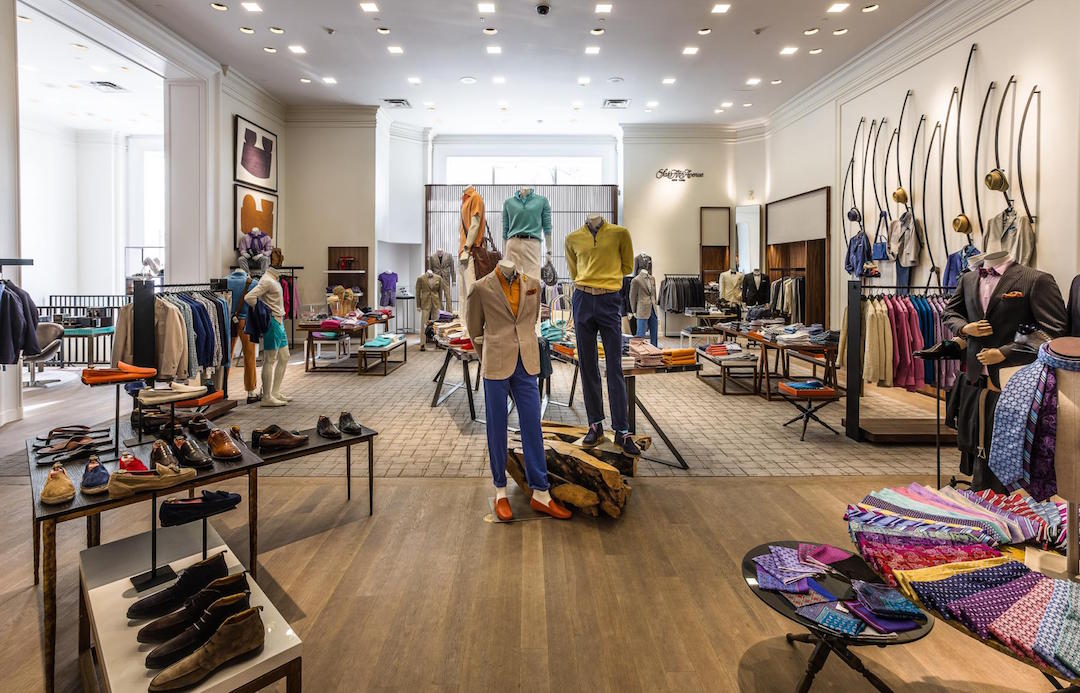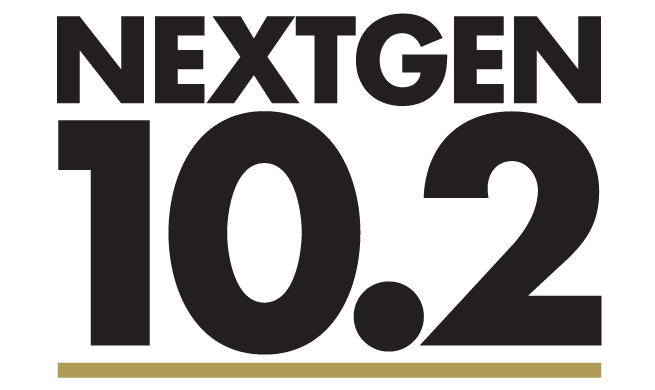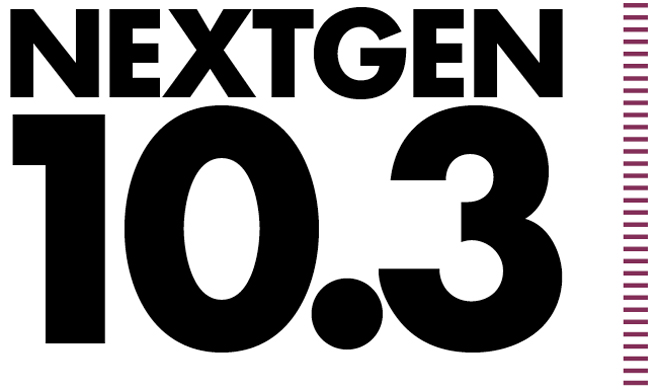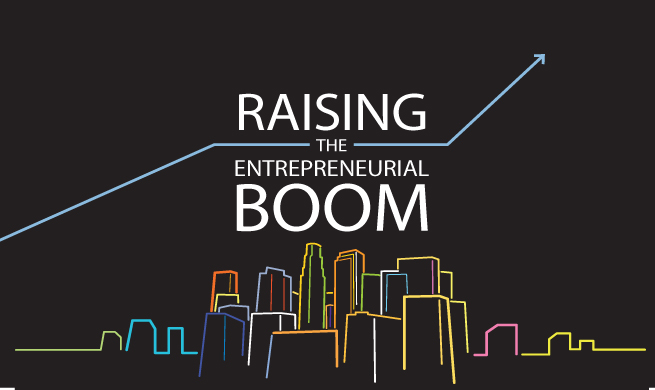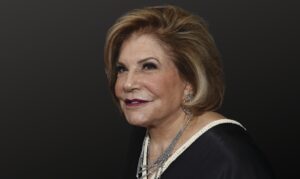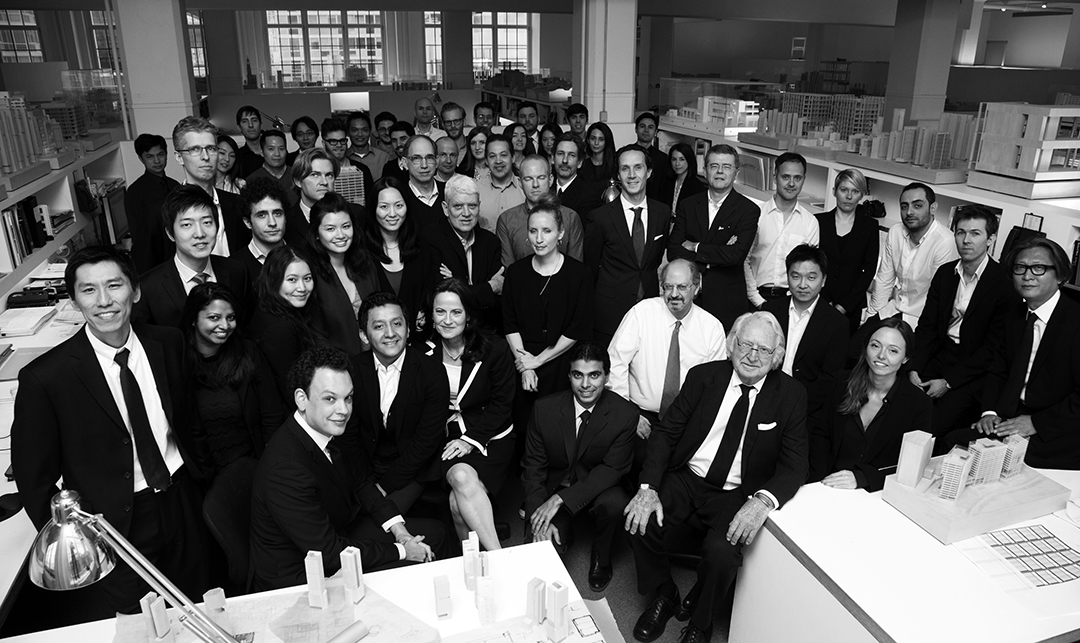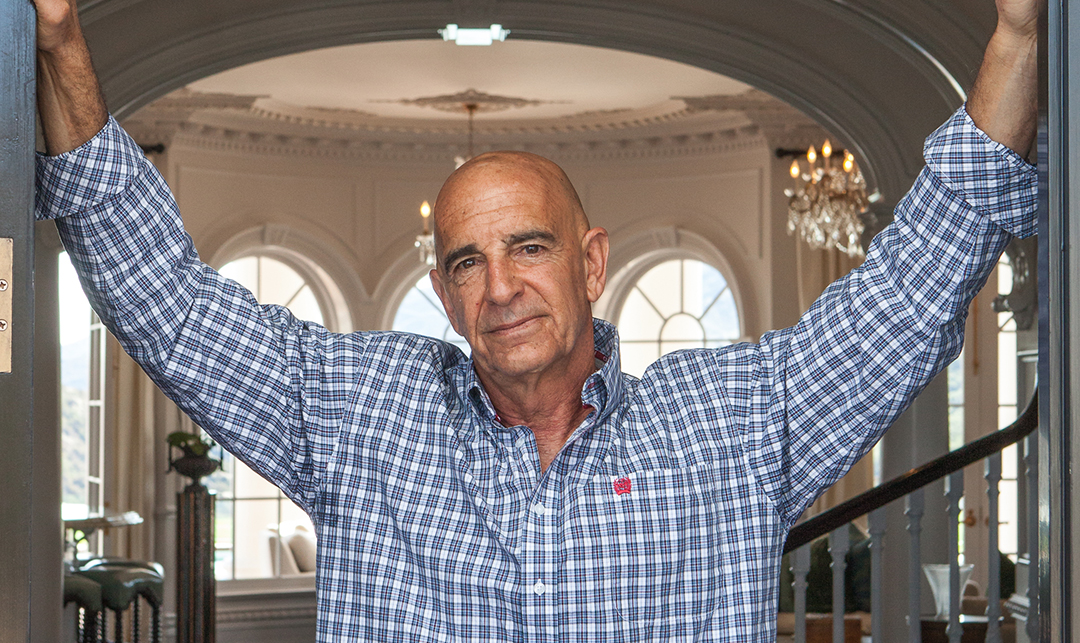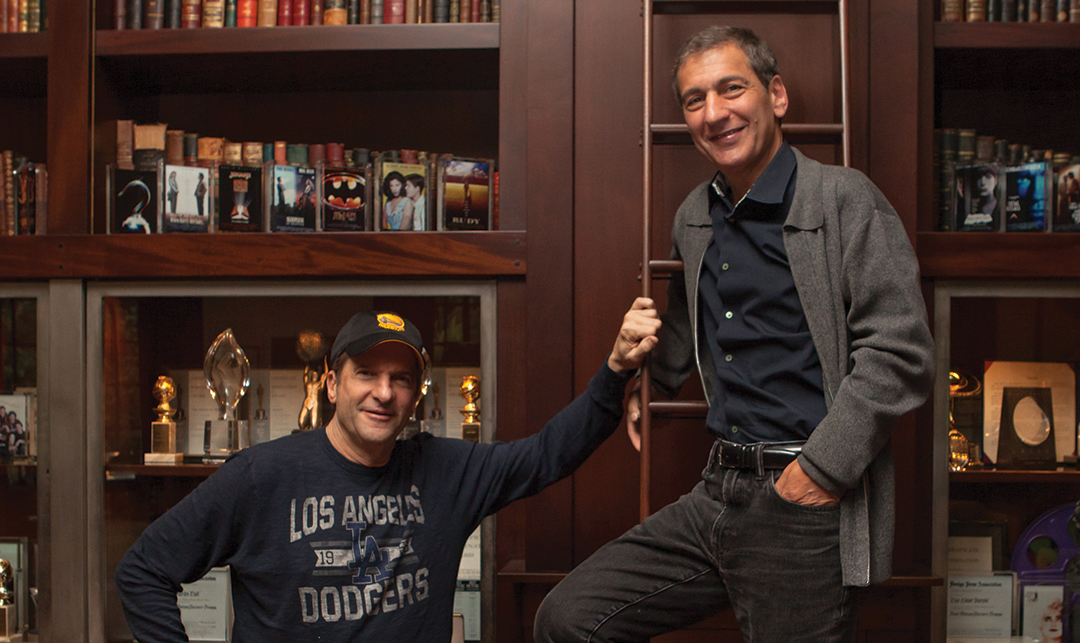The average Gen Z attention span is three seconds, which means brands are met with the challenging question: How do we market to Gen Z in the shortest time frame possible while prioritizing authenticity and impact? Understanding your target audience is at the core of strategic marketing, and the Gen Z customer has made it abundantly clear that transparency is non negotiable in modern brand building. Today’s brands must be deeply attuned to their consumers’ needs, desires, and cultural contexts to differentiate themselves in oversaturated content streams. The difference between an average campaign and a truly successful one is not just in data or product but in the emotional and cultural connection brands can build with their consumers.
Here are a few standout recent examples of marketing campaigns that have successfully appealed to Gen Z, and what we can learn about how the right community strategy, beyond trend chasing, capitalizes on a comprehensive understanding of their target audiences.

A still from PepsiCo’s “Better With Pepsi” Campaign
PEPSI’S “BETTER WITH PEPSI” CAMPAIGN
Pepsi’s approach is rooted in exploring the relevant emotions and experiences associated with enjoying Pepsi beverages. The “Better With Pepsi” campaign celebrates cultural touchpoints and food experiences with humor. Rather than solely selling the product, Pepsi crafted a playful ad that focuses on pairing Pepsi with popular fast food meals, tapping into a relatable message aimed at millennials and Gen Z who value fun, nostalgia, and experiences over product alone. Pepsi was able to sacrifice showcasing only what they can profit off of, instead painting a broader picture where each bite, whether it’s from a fast food meal or a snack at the movies, is made better with Pepsi. They understand when their customer is yearning for a Pepsi—while out at a nightclub with friends or watching sports—and create these visualizations to foster a deep emotional connection with the product, making Pepsi a part of the experience itself.
GAP’S “LINEN MOVES” AND “GET LOOSE”
Strategic marketing efforts have undoubtedly secured Gap high marks on the cultural relevance leaderboard, not only seen through their highly limited-edition collaborations with Gen Z’s favorite high-end brands MadHappy and most recently Cult Gaia, but also by partnering with Tyla and Troye Sivan to engage new audiences by aligning with pop culture. Featuring choreographed dance routines in campaigns like “Linen Moves” and “Get Loose” allowed Gap to blend nostalgia with modern relevance in the digital age. In a world increasingly driven by algorithms and attention metrics, Gap’s approach prioritizes emotional resonance, tapping into cultural trends to create memorable, shareable content. Music is a vital element of this strategy, harkening back to Gap’s roots while also addressing the tastes of today’s youth.
TINDER’S “IT STARTS WITH A SWIPE” CAMPAIGN
Tinder’s latest campaign emphasizes that every relationship—whether romantic, platonic, or anything in between—begins with a single swipe. The storylines connect deeply with Gen Z and millennials by celebrating diverse relationship experiences and championing authenticity in modern dating. While often out of the box and not always entirely realistic, Tinder uses creative visuals to reinvigorate interest in dating apps and challenge the post-COVID-19 “swiping burnout,” characterized as impersonal and mundane.
Cleverly transforming text exchanges into tangible experiences, the campaign brings in-person moments to life—whether it’s a “meet-cute” on a busy city street, a man rescuing a woman while reaching for a book at the library, or a couple sharing a meal at a restaurant with the female voice narrating that he knows “All the Best Spots.” Filled with playful innuendos that will make any Gen Z or millennial chuckle, these scenes make the impersonal act of swiping feel more real and relatable. Each moment in the “It Starts With a Swipe” campaign is all about the story, showing how a single swipe can lead to meaningful, memorable connections.

CeraVe’s “Moisturize Like a Derm” TikTok campaign
CERAVE’S TIKTOK CAMPAIGNS
CeraVe has gained significant traction with Gen Z by embracing TikTok thoughtfully, where dermatologists and skincare influencers authentically discuss the brand’s products. This transparency builds trust, especially when influencers share personal experiences about how the products fit into their daily routines. This strategy taps into the importance of influencer marketing, a key preference for Gen Z when making purchase decisions.
STARBURST’S UTILIZATION OF AI
Starburst recently launched a campaign using AI to design custom flavors and experiences for consumers. This tech-driven approach appeals to both Gen Z and millennials, who are drawn to interactive, personalized brand experiences. By leveraging AI to co-create with consumers, Starburst demonstrates how modern brands can blend technology and creativity to offer customized experiences that build a deeper connection with their audience.
Whether through humor, nostalgia, inclusivity, or innovative technology, the most successful campaigns are those that understand Gen Z’s values and speak to their lived experiences. From Pepsi’s playful nod to fast-food culture to Tinder’s celebration of diverse relationships, it’s clear that brands need to be more than products—they need to be part of the consumer’s narrative. The future of marketing lies in blending data with storytelling, technology with authenticity, and relevance with relatability. Those who master this balance will not just capture Gen Z’s attention—they’ll earn their loyalty.
Sophia Yassinger is a Los Angeles native and sophomore at Duke University. As a natural communicator and self-starter, she is passionate about bringing big ideas to life shaped by a passion for storytelling, brand strategy, and consumer behavior. In high school, Sophia built out a blog entitled Dear Monday with over 100,000 combined subscribers and followers.


